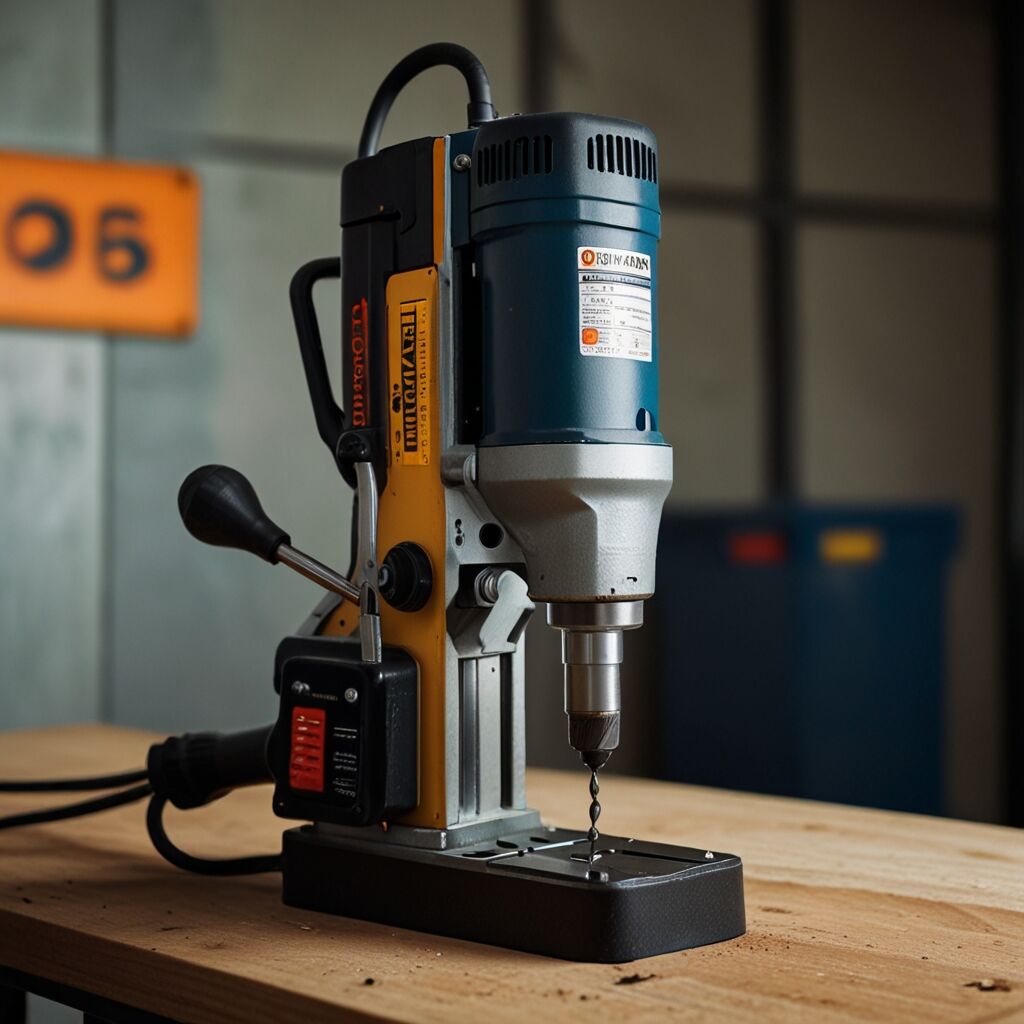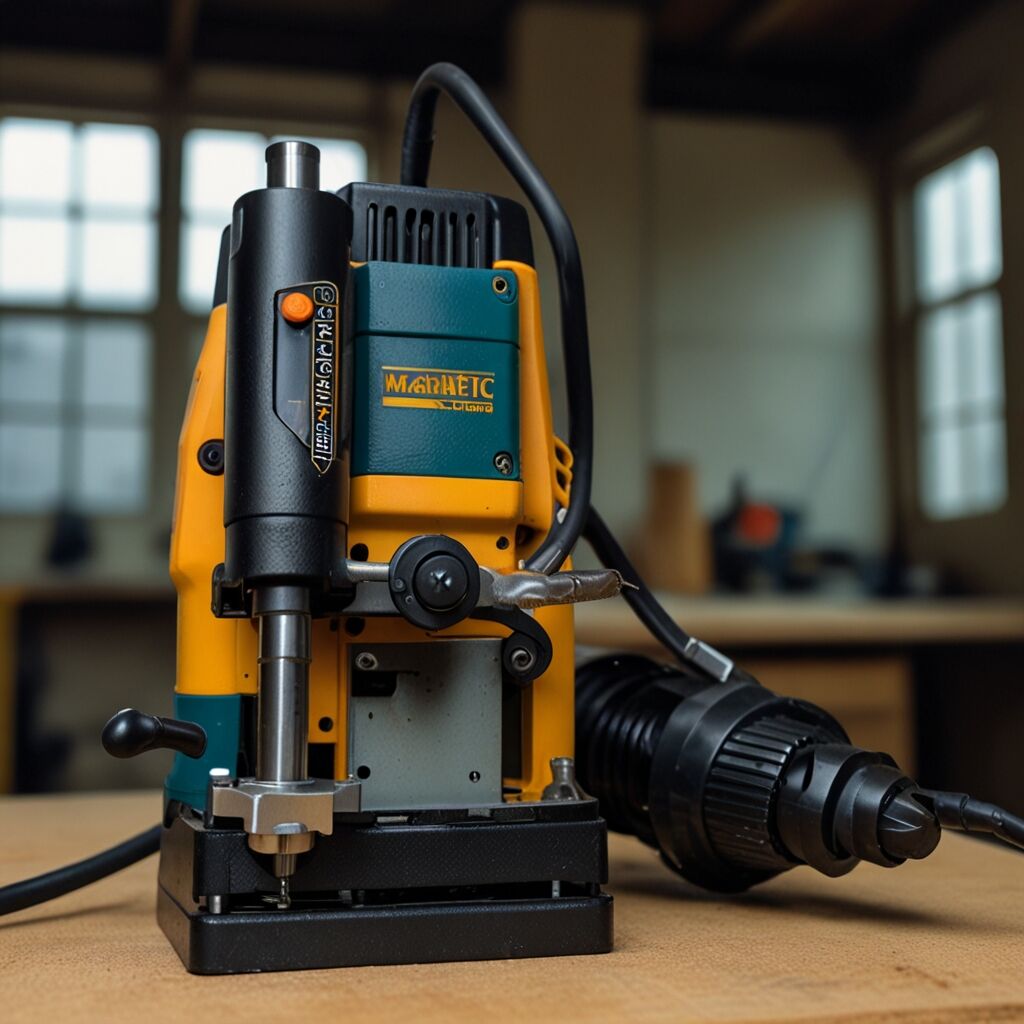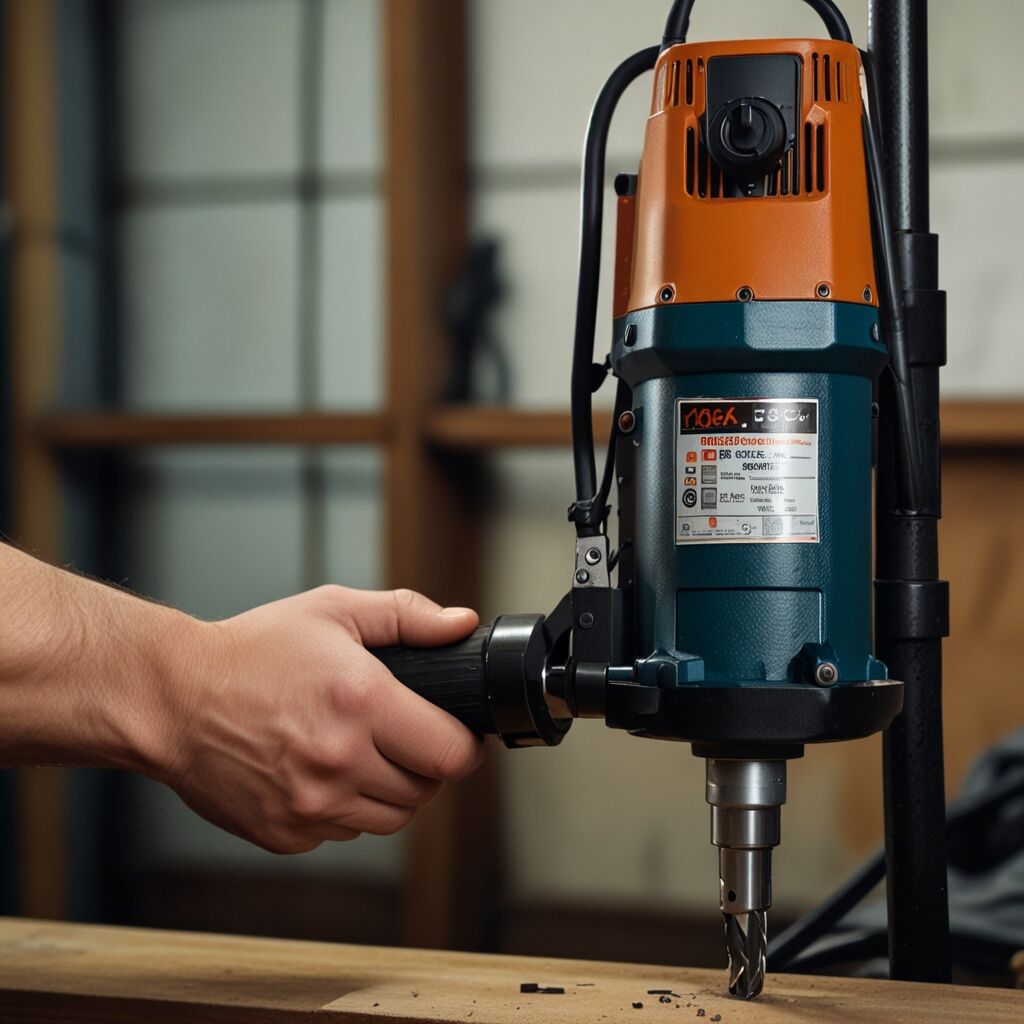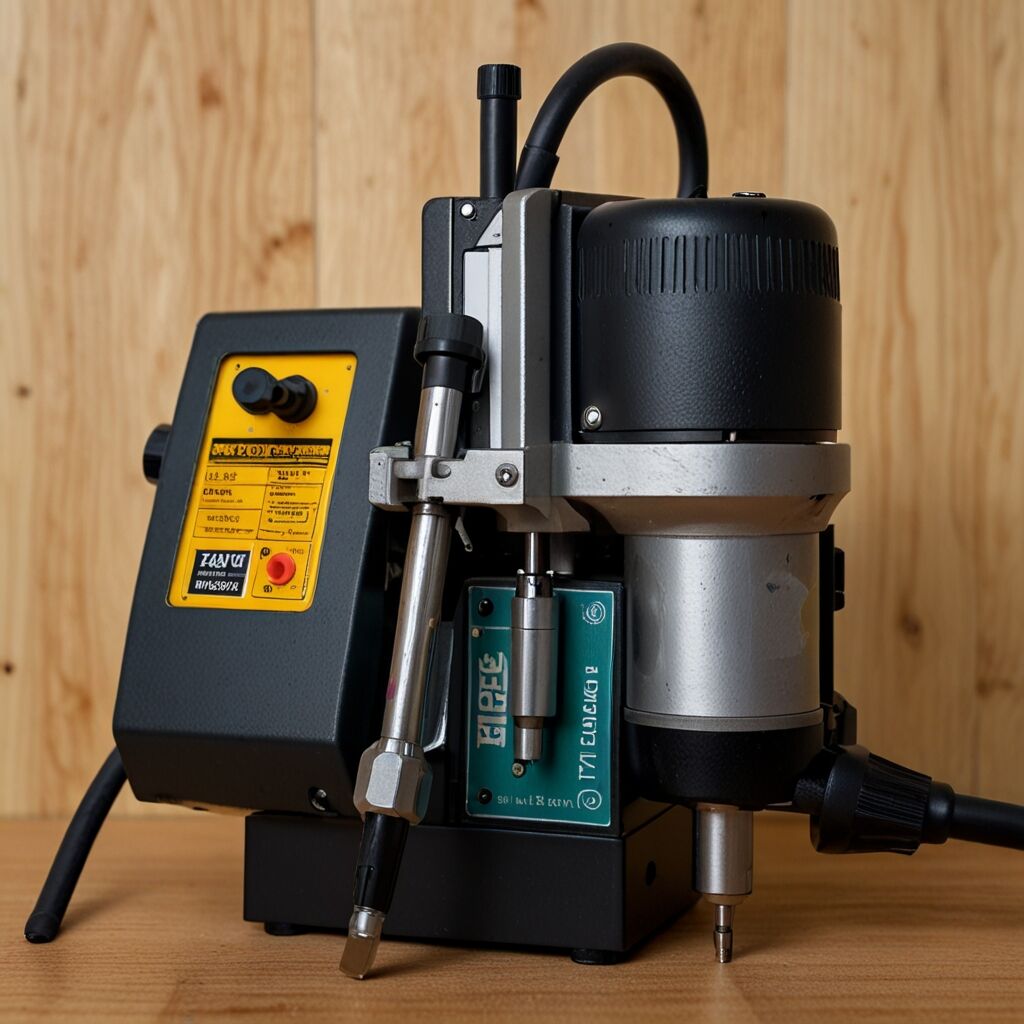Creating detailed spindles with the JET 12 ” 21 ” Woodworking Lathe JWL-1221VS offers DIY enthusiasts a reliable way to enhance their woodturning skills. This versatile lathe provides exceptional performance and flexibility, perfect for crafting beautiful and intricate spindles that improve any woodworking project.

Understanding the Best Techniques for Spindle Creation with JET 12 ” 21 ” Woodworking Lathe JWL-1221VS
The best techniques for creating spindles involve careful planning, consistency, and practice with the JET 12 ” 21 ” Lathe JWL-1221VS. Ensure precision by measuring the wood accurately before starting and adjusting the tool rest to the correct height; this setup enhances results and minimizes mistakes. For optimal spindle shaping, essential tools include a roughing gouge, skew chisel, parting tool, and a spindle gouge, making the process smoother and more efficient. Common mistakes to avoid while turning spindles include not securing the wood properly and over-tightening the tailstock, as these issues can lead to accidents or errors during the turning process.

What essential turning methods can help improve my spindle quality?
Several turning methods exist for spindles, including spindle turning, bowl turning, and faceplate turning, with spindle turning being the most applicable for detailed spindles. A good number of tools for effective turning would be between three to five, including essential tools like the roughing gouge and skew chisel to achieve diverse shapes, which is critical in woodturning. The spindle turning process typically involves four significant steps: preparing the wood, roughing the spindle, detailing the shape, and finally sanding. The recommended cutting speed range for spindles with the Variable-Speed Woodworking Lathe JWL-1221VS often lies between 1200 to 2000 RPM, allowing for a smooth finish while ensuring tool performance.

Exploring Materials and Finishes for Spindles on the JET 12 ” 21 ” Woodworking Lathe JWL-1221VS
The best materials for crafting detailed spindles include hardwoods like maple, oak, and cherry, as they offer durability and a fine finish. Choosing the right finish for spindle projects often involves considering water-based polyurethanes or oil finishes for their ease of application and durability; this selection enhances the final aesthetic and longevity. Factors influencing material selection for spindle turning include the desired strength, appearance, and ease of shaping, which all play roles in ensuring satisfaction. The choice of wood can significantly affect spindle durability; hardwoods provide better resistance to wear and tear compared to softwoods, offering an impressive lifespan for the finished spindle.

Which types of wood yield the finest spindle finishes when turned?
Popular wood types used in spindle turning include maple, cherry, walnut, and oak, each providing unique qualities and aesthetic results. The average cost difference between soft and hard woods can range from $3 to $10 per board foot, with hardwoods generally being more expensive due to their density and workability. Typically, two to three coats of finish are applied to spindles to ensure maximum protection and visual appeal, enhancing the beauty of the final product. The ideal drying time for finishes on spindles usually varies; water-based finishes may dry in under an hour, while oil-based finishes often require 24 hours to achieve the best results.
Mastering the Setup and Operation of the JET 12 ” 21 ” Woodworking Lathe JWL-1221VS for Spindle Production
To set up the lathe properly for spindle work, ensure that the tailstock aligns perfectly with the headstock and is secured effectively; this setup is crucial for achieving reliable results while turning. Safety precautions when operating the lathe for spindles include wearing eye protection, securing loose clothing, and keeping hands clear of the spinning spindle to prevent accidents, ensuring a safe turning environment. Adjusting the lathe speed for optimal spindle turning involves using the variable-speed feature of the JET 12 ” 21 ” Lathe JWL-1221VS, which lets turners select speeds that match wood type and tooling needs, enhancing performance. Essential tools for maintaining the lathe during spindle production include a brush for dust removal and a lubricant for the moving parts, ensuring smooth operation.
What adjustments boost effectiveness when using the lathe for turning spindles?
Crucial adjustments for optimal lathe setup include the tool rest height, secured wood positioning, and spindle speed settings that cater to the specific project. The maximum speed adjustment for the JET lathe can reach up to 4000 RPM, ensuring that turners can achieve finely detailed spindles. Checking for at least three safety features, including emergency stops and blade guards, significantly enhances safety before starting the lathe, ensuring a secure workspace. Having four to five tools on hand, such as different gouges and chisels, boosts effectiveness and flexibility during lathe operations, enabling the creation of various spindle shapes and details.
